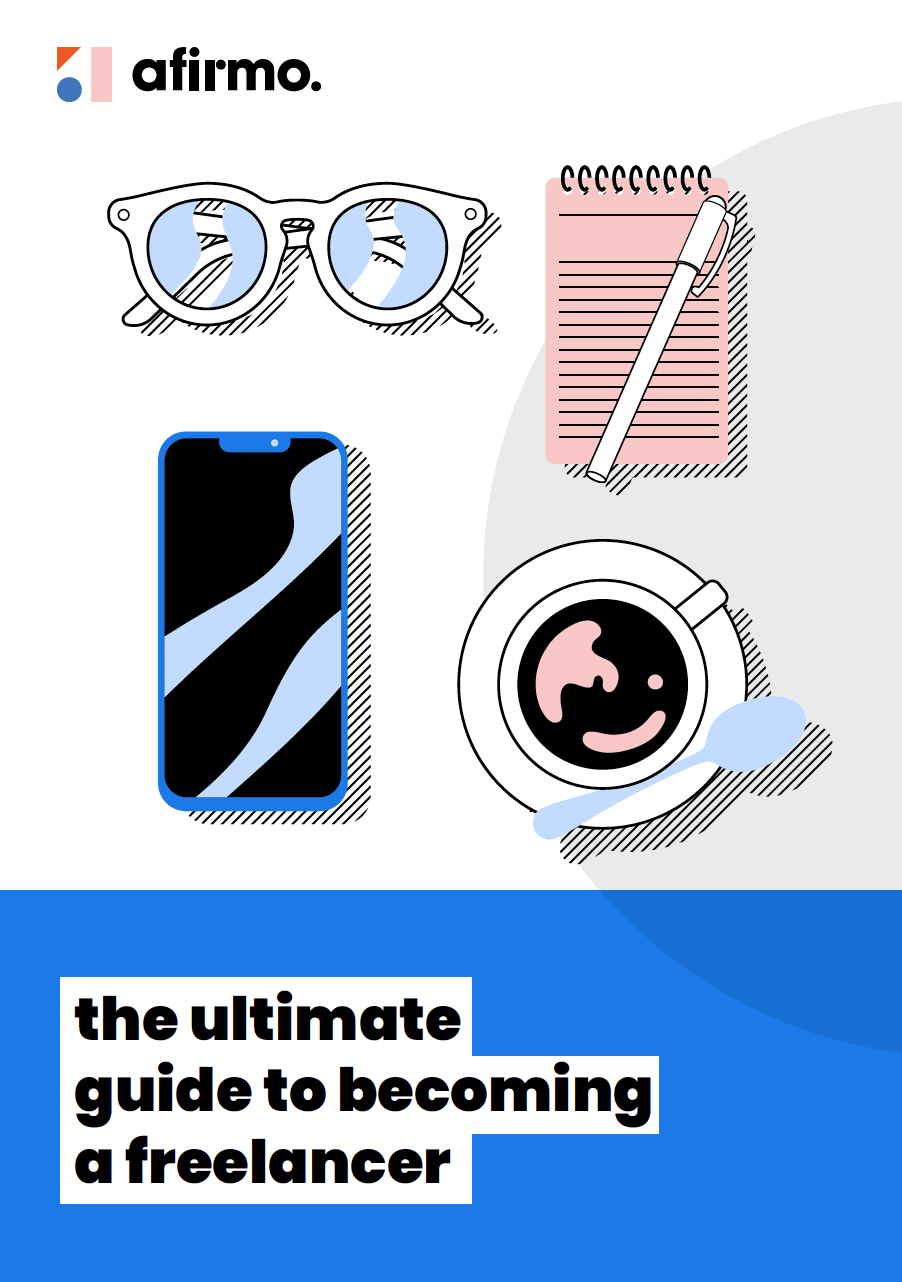Although freelancing can give you more flexibility around where and when you work, you still have to plan ahead and set time aside to ensure things get done. If you don’t, chances are you’ll end up losing clients and damaging your reputation because you let people down. You can also create a mountain of unnecessary stress. So here are some tips to help you identify strategies that help to maintain productivity.
Work when and where you are most productive
Working when you’re most productive means you get more done in less time. When you’re freelancing, that can mean higher profits or, if you prefer, more time for fun and relaxation.
Everybody has a different time of day when work seems to flow more easily. Just because most employees work nine to five, it doesn’t mean you have to. If you’re an early bird who’s most efficient around the crack of dawn, then schedule your work time to suit. On the other hand, if you really crank out the results from mid-afternoon until late at night, then recognise your night owl nature and go for it.
If you work on a phone or computer, as a freelancer you have the option to work from just about anywhere. That opens up some pretty attractive options, such as the beach, cafés and forest parks. But you might find those locations are too distracting or cause you to chill so much your productivity slides to a halt. Whatever your work is, it’s important to find a place that’s ergonomically healthy and lets you focus on doing an excellent job for your customers.
Create quality time by separating work from non-work
Another key to using your time well is to establish a routine that helps you quickly switch into work mode. That might be something like making a coffee and heading to your office or workshop, closing the door and starting on the most demanding task of the day. It’s all about avoiding displacement activities that distract you from work.
Try to avoid reading the news, checking Facebook, reconciling your expenses and so on until you’ve at least completed your first task for the day. Then give yourself a genuine 10 minute break. While checking email promptly is important, you don’t have to answer every single one immediately. If it’s a customer enquiry that requires a quote, you can quickly reply to thank them for getting in touch, let them know you’re keen and say you’ll have a quote to them by the morning. Now add preparing the quote to your diary for the day and get on with the hard stuff. Completing the more challenging work first also gives you a sense of achievement that helps power you through the less demanding tasks and daily admin as your energy fades.
Delegate mundane tasks
If you’re turning away work because you don’t have enough time, consider offloading admin or organisational tasks. This leaves you more time to focus on interesting work that earns maximum income. You can delegate to a freelance admin person who charges a much lower rate than you can earn. You can also look for productivity tools, like accounting software to streamline your invoicing, financial accounting and tax payments.
How to handle multiple freelance projects at the same time
As your business picks up, it can be difficult to prioritise and manage conflicting demands on your time. Unfortunately, clients don’t wait until you’ve finished an existing project before contacting you about theirs. So here are some tips to help you stay on top of peak workloads, avoid unproductive stress and keep your customers happy.
Schedule all work
Keeping a workload calendar is the easiest way to reduce stress. As you agree to do work, make a calendar entry for the day and amount of time the project will take. Make sure you include non-work commitments as well, like medical appointments. If more urgent work comes in, or things are taking longer than you allowed, you can quickly move them around in your calendar and focus on your work knowing it’s all under control.
Keeping your workload calendar up-to-date at all times also makes it easy to let potential customers know when you’d be able to start and finish a new job for them.
Scheduling the individual tasks of a project allows you to weave different projects around each other and concentrate fully on each one during the allocated time.
Keep it real
If you find you’re working way too much or racing to get things finished, chances are you’ve been setting yourself up to fail. It’s important to allow some space for the unexpected that always happens. Adding an extra day or two to when you think you’ll complete a job is one way to give yourself some leeway. Most customers are delighted if you finish something ahead of schedule, but not when you miss the deadline.
Record your work time as you go
Keeping a paper diary, online calendar or spreadsheet up-to-date as you complete each hour or two, makes it much easier to do your billing. It also keeps you aware of actual hours worked on days you were flirting with distractions. Even if you don’t charge by the hour, timekeeping helps you to keep an eye on how accurately you’re pricing jobs.
Organise documents and emails into client folders
Searching for files and messages is an unproductive use of time. As you start each new client, set up email and document folders for them and use them diligently to enable quick and easy recall. If you have more than one project with a client, use sub-folders. You can also copy an email to a folder then move the original to your calendar and allocate time to work on it. That way the information you need is always at your fingertips.
Talk to people with experience
Everyone has a different happy place when it comes to managing their time. There’s no one solution. The main thing is to find a groove that suits you. If you’re not feeling in control, try talking to your network contacts, a mentor or business consultant for ideas.
Your Guide to becoming a freelancer chapters
- Chapter 1- Market research and validating your freelance idea
- Chapter 2 – Defining your freelance service and target audience
- Chapter 3 – How to price your freelance services
- Chapter 4 – How to write a freelance business plan
- Chapter 5 – Building your business portfolio
- Chapter 6 – Online presence and marketing
- Chapter 7 – How to manage your time as a freelancer
- Chapter 8 – Managing your finances as a freelancer
- Chapter 9 – How to choose the best insurance for freelancing



